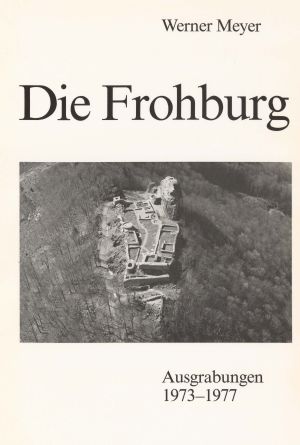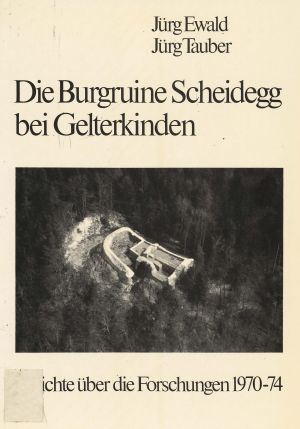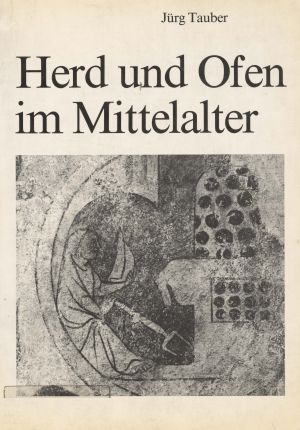Tauber, Jürg
Die Frohburg: Ausgrabungen 1973-1977
The excavations carried out between 1973 and 1977 were the third attempt at examining Frohburg Castle by archaeological means. In this volume Werner Meyer outlines the course and results of the excavations. The first chapter on the history of research is followed by an analysis of the features excavated and the small finds recovered. The written records provide additional important insight. The final chapter presents the results of the examinations. The topics discussed include the history of construction and settlement, the economic and social history and, finally, the castle typology.
Die Burgruine Scheidegg bei Gelterkinden: Bericht über die Forschungen 1970–74
The Scheiddegg castle ruins lie on a wooded ridge, away from the busy flow of traffic high above the municipality of Tecknau in the upper reaches of the Ergolz Valley. Under the leadership of the Archaeology Department of Canton Basel-Landschaft, the ruin was examined in 1970–74. Based on the identifiable small finds, the construction of the castle can be dated to between 1220 and 1230. It was destroyed by a (naturally occurring) conflagration around 1320, as attested to by both a massive layer of burnt rubble and an assemblage of finds from every area of the castle inhabitants’ lives. A remarkable discovery was the skeletal remains of seven horses, which probably succumbed to the flames. From an architectural perspective, the castle’s most striking features were a large residential tower, which was reinforced by a round pillar at each corner, and a castle courtyard with a substantial filter cistern.
Herd und Ofen im Mittelalter: Untersuchungen zur Kulturgeschichte am archaologischen Material vomehmlich der Nordwestschweiz (9.-14. Jahrhundert)
It is very often the smaller and less spectacular evidence of human activity that gives us the best insight into the everyday lives of people from long-forgotten eras – insight that cannot be gained by studying written sources or works of art. This book uses pottery, the most important and abundant finds category, as the main source in an attempt to retrace the history of the hearth and stove. To do this, the author has recorded and analysed the mostly unpublished finds from almost one hundred excavations carried out at castles and other medieval sites. Based on these finds and features, he has been able to reconstruct the development of the hearth and stove.









